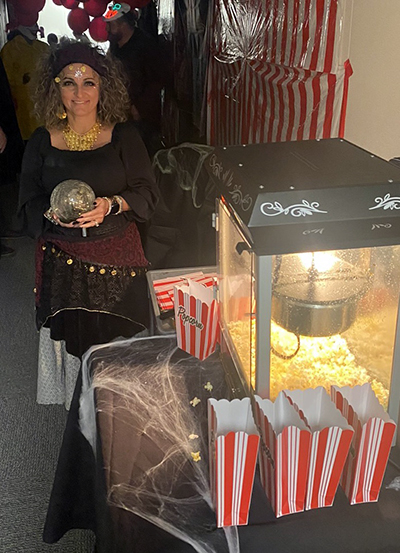Innovation. Diversity. Trust. Partnership.
![]()
All words that describe what the 2023 AHR Expo was all about this year.
At the beginning of February, the HVAC and BAS industries came together in Atlanta for the annual AHR Expo. And boy did they put on a show! The Expo highlighted 1,779 exhibitors with an estimated 45,000 attendees. Education panels were in full swing, with the top three attended sessions being:
- Seminar 15: The Evolution of Thermal Energy Storage for Cooling Applications: The Past, Current, and Future
- Seminar 11: Optimizing Thermal Energy Storage Integrated with HVAC
- Seminar 25: Decarbonizing Campuses Utilizing Heat Pumps and Thermal Energy Storage
With over 100 technical sessions, the Society showed they have the industry’s wants and needs in mind. Attendees were hungry to learn more about the conference theme “Securing Our Future” and build the partnerships to do just that.
So what’s the 411?
After three years of ambiguity and uncertainty, the industry as a whole is able to see the proverbial light at the end of the tunnel. With COVID woes finally behind us for the most part, reclaiming our position industry-wide is at the forefront of everyone’s minds. This work is just the beginning, however. There are still several hurdles that must be navigated.
Current ASHRAE President Farooq Mehboob was quoted saying, “It is imperative that we continue to hunger for and seek information about our market, our changing world, and our technological advances. Embracing change will infuse a new dynamism in our industry at all levels, bringing new knowledge, technology, and tools in a timely fashion, helping
us to successfully navigate the rapidly changing world.”
What types of hurdles are holding us up?
After catching up and trading stories and experiences, it is evident that we are all facing new and old challenges. Fuel prices are still at their highest for some. Others are suffering from element shortages like copper, lithium, electronic components, and refrigerants just to name a few. And while the global supply chain has improved, freight restrictions and transport challenges remain, demonstrating that the system in its entirety has yet to fully stabilize. Mehboob also said, “The challenge doesn’t stop here. As an industry, we must remain focused and maintain our position of leadership and preparedness. Our success continues to be based on problem-solving, creativity, innovation, flexibility, and a willingness to adapt. Our success stems from seeing an opportunity for improvement based on new knowledge and technology.”
How is the industry growing despite these challenges?
The industry is working and creating partnerships to bring innovation and technology to new heights. Topics and agendas that everyone seemed to be the most interested in were those that centered around indoor air quality (IAQ), decarbonization, best energy practices, and how our industry is continuing to support new standards and provide new and updated equipment to meet said standards.
Our industry is focused on the future. How we can continue to move towards better practices for all by building sustainability through solutions. With all the improvement and new technologies surrounding communication devices, network/wireless, and Bluetooth capabilities (three cheers for being able to program and configure equipment with our smartphones), it’s evident that a new, greener, more sustainable future in HVAC and BAS is attainable and within grasp.
We’ll catch you at the next AHR Expo! Can’t wait until then to see us? No worries—call us today for all your HVAC and BAS needs or shop now on kele.com. Kele’s got you covered!









